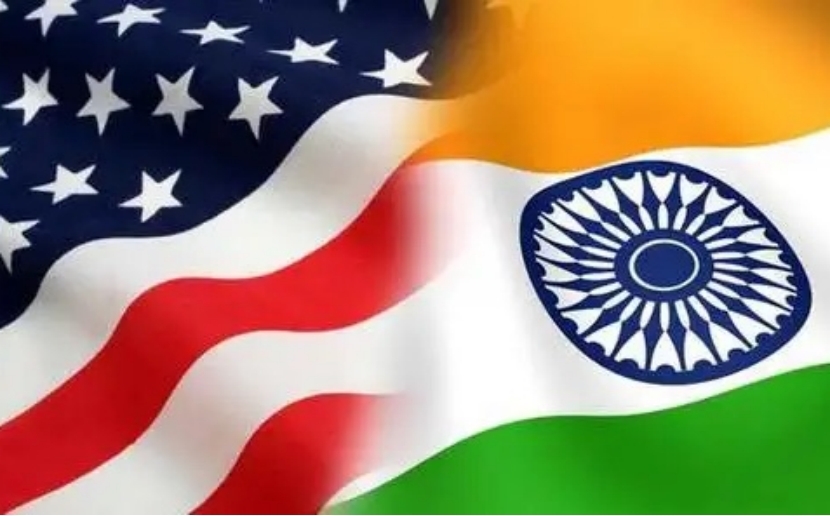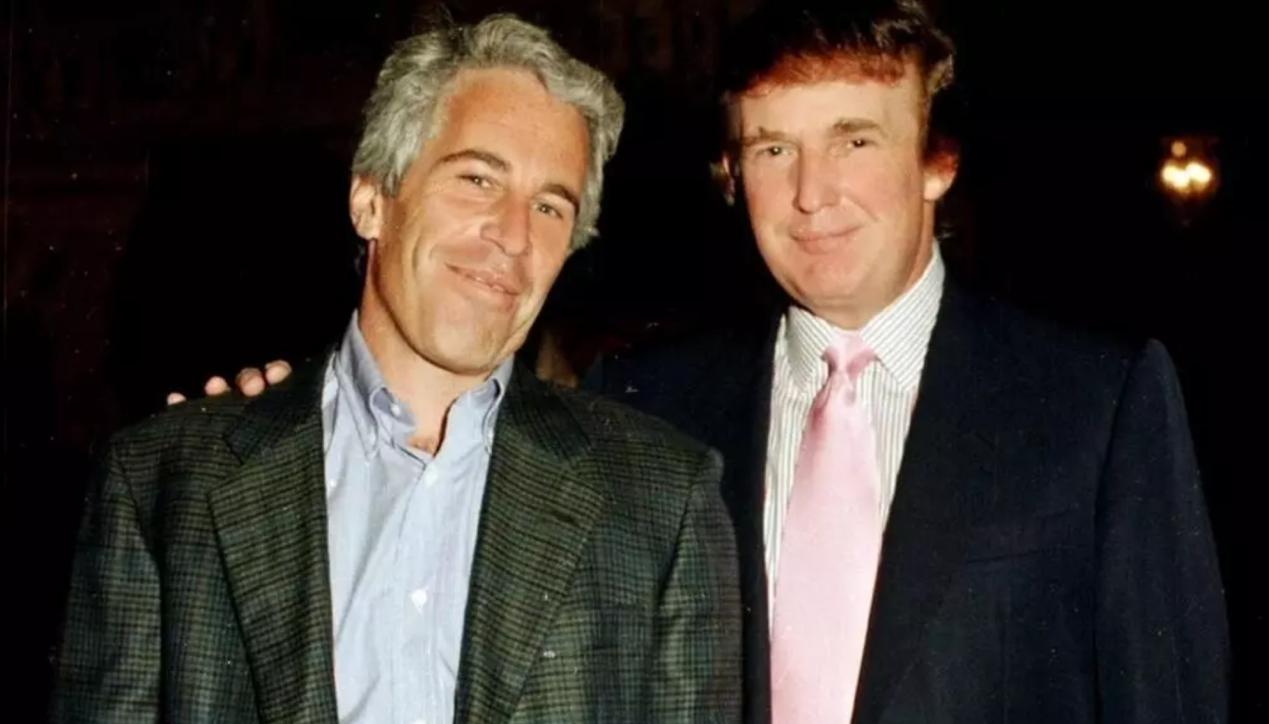
In May 2025, remarks by former U.S. President Donald Trump once again thrust U.S.-India trade relations into the spotlight. During a visit to Qatar, Trump publicly opposed plans by American companies like Apple and Tesla to build factories in India, labeled India as "one of the world’s highest tariff barriers," and even criticized India’s military actions in the Indo-Pakistani conflict as "shameful." These comments not only exposed long-standing trade frictions between the two nations but also highlighted India’s multifaceted challenges in economic growth, diplomatic strategy, and global standing.
Trump’s criticisms focused heavily on India’s protectionist trade policies. He repeatedly emphasized that India’s import tariffs, particularly those targeting the automotive sector, were "unfair." For example, India previously imposed a 100% tariff on imported electric vehicles, a policy Tesla CEO Elon Musk had long criticized as a barrier to entering the world’s third-largest automotive market. Though India adjusted its policy in March 2024—pledging to reduce tariffs to 15% for companies investing at least $500 million to establish local manufacturing—Trump remained vocal in his disapproval of Tesla’s Indian venture, calling it "very unfair" to American interests. Behind this tension lies a persistent trade imbalance: India’s trade surplus with the U.S. reached $45.7 billion in the 2023-2024 fiscal year, driven by exports of electronics, jewelry, and pharmaceuticals. In response, the U.S. has threatened to impose "reciprocal tariffs" of up to 26% on select Indian goods.
India’s economic structure has further complicated its trade relations. Despite Prime Minister Narendra Modi’s "Make in India" initiative, launched in 2014 with billions in manufacturing incentives, results have fallen short. By 2024, manufacturing’s share of GDP had dropped from 15% in 2014 to 11.6%, while services now account for nearly 60%, making them the primary growth engine. This reliance on domestic consumption and services, while cushioning India against global supply chain disruptions, has hindered its ability to attract mid-to-high-end manufacturing relocating from China. Apple’s sluggish progress in shifting production to India, hampered by poor infrastructure, bureaucratic complexity, and workforce skill gaps, exemplifies these challenges. Though the IMF projects 6.5% GDP growth for India in 2025, it warns that weak consumption, climate-driven agricultural shocks, and geopolitical risks could undermine this momentum.
Seeking to defuse tensions, India has turned to diplomacy and reforms. During Modi’s February 2025 visit to Washington, the two nations announced the *U.S.-India 21st Century Agreement*, under which India pledged to boost purchases of American energy and defense equipment while cutting tariffs on products like bourbon whiskey (from 150% to 100%) and select auto components. However, these concessions sparked domestic backlash, with opposition parties accusing the government of capitulation. Balancing protectionism with foreign investment remains a tightrope walk: the Reserve Bank of India has cut rates by 75 basis points since late 2024 and unveiled a 1 trillion rupee tax relief package for middle-class consumers, yet Q4 2024 GDP growth still slowed to 5.4%, with manufacturing and mining sectors stagnating.
India’s geopolitical positioning adds another layer of complexity. Once hailed as a linchpin of Trump’s Indo-Pacific strategy to counterbalance China, India’s credibility as a strategic ally has waned. Its military’s poor performance in the 2025 Indo-Pakistani clashes—marked by outdated equipment, corruption, and operational deficiencies—raised doubts about its capacity to project regional influence. Meanwhile, India’s "non-aligned" diplomacy, exemplified by its simultaneous participation in the U.S.-led Quad and purchases of Russian S-400 missile systems, has strained trust. U.S. think tanks warn that without progress on military modernization, market liberalization, and clearer diplomatic alignment, India risks being downgraded from a "core partner" to a "replaceable secondary ally."
The current standoff remains precarious. Trump has threatened "reciprocal tariffs" effective July 9, while India proposes a three-phase trade deal to gradually resolve disputes. Analysts note India’s leverage lies in its consumption-driven economy (exports account for just 20% of GDP) and U.S. reliance on Indian pharmaceuticals. Yet embracing free trade would clash with India’s protectionist legacy—a tension dating back to its 1991 economic reforms, which ended decades of import substitution policies. Today, as global supply chains reconfigure under the "China+1" strategy, India’s ability to become a viable alternative hinges on dismantling bureaucratic red tape, upgrading infrastructure, and boosting manufacturing competitiveness.
The ramifications of this dispute extend far beyond bilateral ties. Economists describe Trump’s tariff threats as "the most protectionist measures since the 1930s," warning that U.S. average tariffs could surge from 2.5% to 17.8%, accelerating global trade fragmentation. For India, short-term pain seems inevitable: studies suggest U.S. tariffs could slash $5.76 billion from Indian exports and trim GDP growth by 0.2-0.5 percentage points. However, crisis may breed opportunity. As Morgan Stanley notes, India’s monetary easing, fiscal stimulus, and recent upticks in high-frequency data hint at cyclical recovery. If structural reforms—streamlining regulations, enhancing infrastructure, and deepening regional partnerships—gain traction, India could yet carve a resilient niche in an increasingly fractured global order.

On November 19, 2025, US President Donald Trump signed a bill requiring the Department of Justice to release documents related to the case of the late tycoon Jeffrey Epstein.
On November 19, 2025, US President Donald Trump signed a bi…
While the world's attention is focused on the 21.3 trillion…
On November 12, 2025, US President Trump signed a temporary…
On November 19th local time, the US Department of Commerce …
Recently, a report from CNN pointed out that the Atlantic t…
Recently, the U.S. stock market has experienced a thrilling…